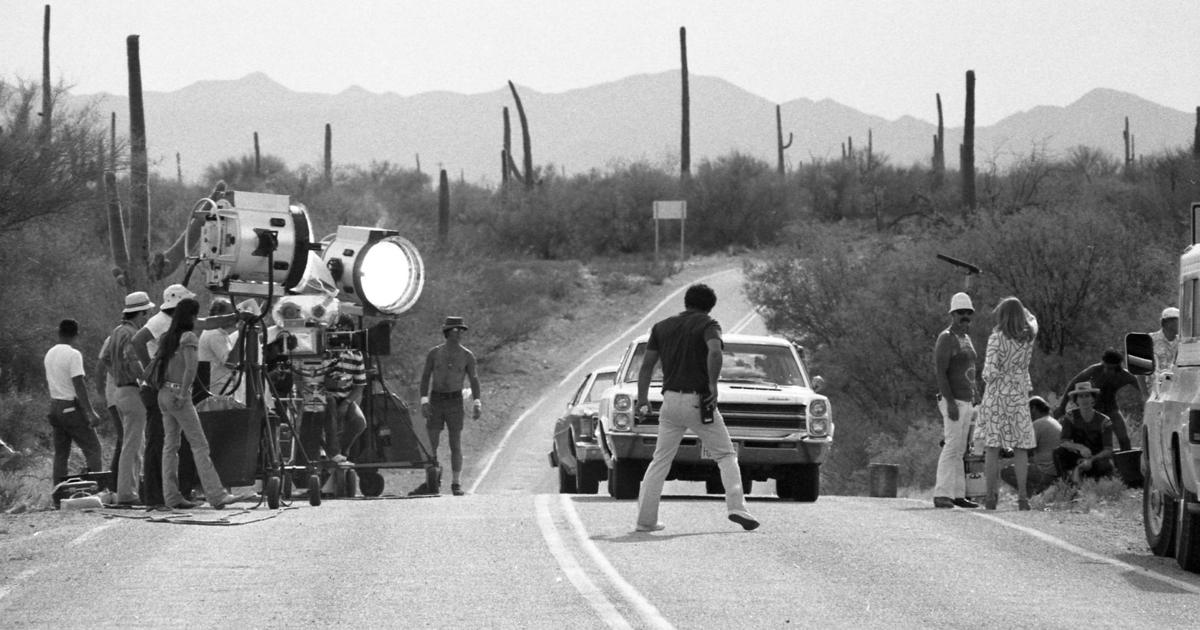The deserts of Southern Arizona were gracing the silver screen long before movie fans could hear people talk in film.
Tucson made its backdrop debut during the silent film era, in movies such as “The Girl Stage Driver,” which debuted in 1914, and “The Mine with the Iron Door,” a 1924 adaptation of Tucson author Harold Bell Wright’s book of the same name.
The city’s access by rail has historically made it an ample spot for film crews, said Jennifer Jenkins, who teaches film history at the University of Arizona.
“Silent films were shot here pre-Hollywood,” Jenkins said. “There would be these small companies that were almost like theater companies. They would go out and shoot and hope to sell to a distributor.”
Jenkins will delve into those early days of film in Tucson as part of “Celluloid Desert: Tucson in Cinema History,” a community class being offered by the University of Arizona College of Social and Behavioral Sciences in partnership with The Loft Cinema.
Each Tuesday starting on March 9, Jenkins will cover a different topic relating to movies and television shot in town, from silent films to Westerns, with a one-hour, pre-recorded presentation on the subject and a one-hour live Zoom session, with clips, lecture time and discussion. Classes will run through April 6.
Jenkins previously taught on this topic as part of the UA College of Social and Behavioral Sciences’ 2018 community classroom series, which was held each week at The Loft.
She has since adapted the class to virtual learning and added additional material, based on projects she has worked on over the last two years, including a study on the rise of movie theaters along Congress Street.
Jenkins said the class will be taught in chronological order. It will tackle a wide range of genres, including Tucson as a crime scene in movies like “A Kiss Before Dying” with Robert Wagner and Virginia Leith.
The class will cover iconic films that were either set in Tucson or used Tucson as a stand-in for other Southwest cities, like in the 1996 Kevin Costner classic, “Tin Cup.”
“That movie is a definite crowd pleaser,” Jenkins said. “It has Congress Hotel, Value Village, Fourth Avenue before the most recent street car.”
Jenkins also will look at television shows filmed in the area and non-narrative footage, such as documentary films shot by Western Ways Features.
Jenkins said a lot of information is packed into the series, that she is happy to share with others.
“Anybody asks me to talk about films and I am already there,” she said.





